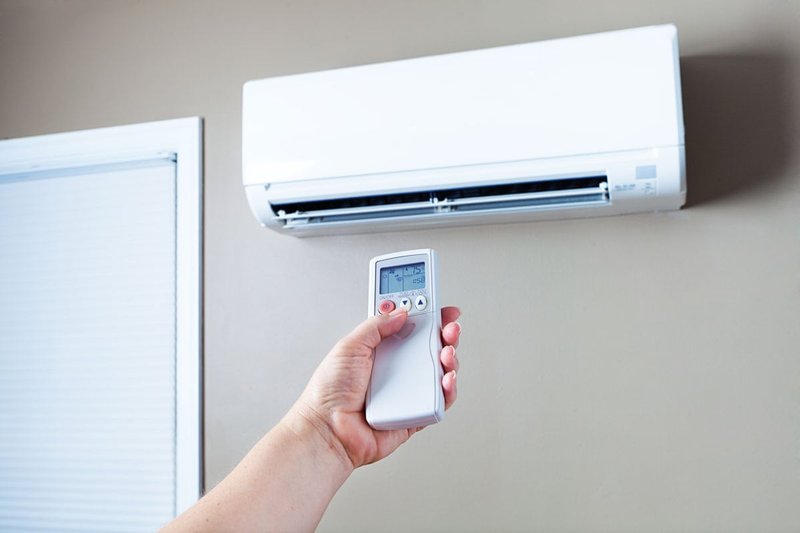
Here’s the deal: error codes in air conditioners, like the E1 error code in GE models, are the system’s way of signaling that something’s not quite right. Think of it like a check engine light in your car. It lets you know there’s an issue that needs attention, but it doesn’t necessarily tell you what exactly is wrong. In the case of the E1 error, it often indicates a problem with the machine’s temperature sensor or thermostat. But before we dive into the technicalities, let’s explore what this means for your warranty and what steps you can take next.
Understanding the E1 Error Code
The E1 error code is a common signal that there’s an issue with the air conditioner’s internal systems, specifically, a potential malfunction with the temperature sensor or the thermostat. Think of these components as the ‘brain’ of your air conditioner, responsible for maintaining the desired temperature. If these elements aren’t functioning correctly, the unit might think your room is much cooler or warmer than it actually is, leading to incorrect cooling or no cooling at all.
When an air conditioner shows this error code, it’s usually trying to tell you that it can’t quite figure out the temperature. It’s like if you were trying to bake a cake, but your oven’s thermometer was on the fritz. You’d still be baking, but the results could vary wildly! If left unchecked, this issue could potentially lead to bigger problems down the line or even total system failure. Hence, addressing it sooner rather than later is crucial to maintaining the efficiency and lifespan of your air conditioner.
Now, you might be thinking, “Doesn’t my warranty cover this?” That’s a great question. Many air conditioner warranties do cover issues related to manufacturing defects, especially within the warranty period. If the E1 error is due to a faulty sensor or thermostat that wasn’t caused by external damage or poor maintenance, there’s a good chance it might be covered by your warranty. However, it’s essential to check the specifics of your warranty document to be sure.
What Warranties Typically Cover
Let’s break down what warranties usually cover when it comes to appliances like air conditioners. Generally, a warranty promises the consumer that the product will work as intended for a certain period. If it doesn’t, the manufacturer is liable to repair or replace it. For GE air conditioners, standard warranties often cover defects in materials and workmanship. This means if a part was faulty when it left the factory, you’re likely covered.
However, warranties don’t usually cover damage from misuse, unauthorized repairs, or issues arising from poor maintenance. Imagine if you bought a car and never changed the oil; if the engine seizes up, that’s on you. Similarly, if you’ve neglected regular cleaning or ignored maintenance instructions in the user manual, then the resulting issues might not be covered.
If you’re dealing with an E1 error because the temperature sensor was defective when installed at the factory, that’s likely covered. But if the sensor failed due to, say, water damage from improper use or cleaning, then you might have to cover the repair costs yourself.
Steps to Take When You See E1
So, what should you do if you’re faced with this error? First things first, consult your air conditioner’s user manual. It usually contains a section on troubleshooting common error codes. Following these guidelines can often help in resolving minor issues without professional help. However, if the E1 code persists, it’s time to call in the experts.
Reach out to GE’s customer service or the authorized dealer where you bought the unit. They can provide guidance on whether the issue might be covered under warranty. Make sure you have your purchase receipt and warranty information handy when you call. This will help expedite the process and ensure you get all the support you need.
If your warranty is still active and covers the problem, they may arrange for a technician to inspect and repair the unit at no cost to you. If not, they can still recommend qualified technicians who can handle the repair, though this will likely come out of your pocket.
Preventative Measures and Next Steps
After addressing the immediate issue, you’re probably wondering what you can do to prevent this from happening again. Regular maintenance is key. Just like you’d go for a medical check-up or take your car for a service, your air conditioner also needs regular care to keep it running smoothly.
Start by cleaning or replacing filters regularly as recommended in the manual. This keeps the air flowing efficiently and the sensors functioning correctly. Dust and debris can significantly affect the performance of the internal components.
Another tip is to ensure the area around the air conditioner is free from obstructions, which can affect airflow and lead to incorrect temperature readings. It’s also a good idea to schedule an annual service with a qualified technician who can check the sensors, thermostat, and other critical components.
In conclusion, while the E1 error code can be a cause for concern, it’s not the end of the world. With a little patience and the right approach, you can have your GE air conditioner back in business in no time. Remember, understanding what your warranty covers and maintaining your appliance goes a long way in ensuring you stay cool all summer long.